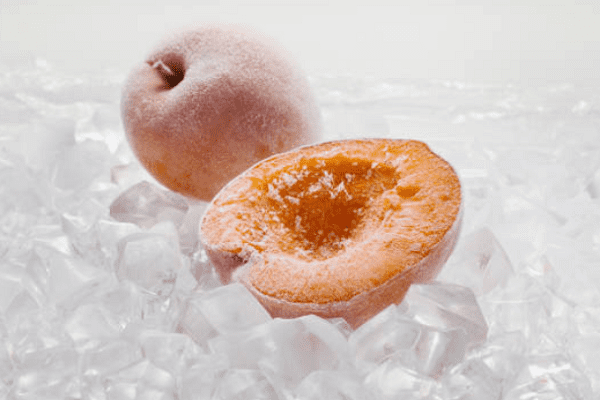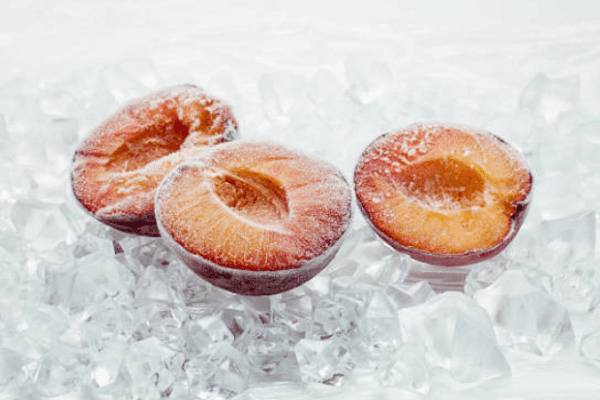Healthy food >>>> Why do frozen vegetables and fruits spoil?
Why do frozen vegetables and fruits spoil?

You always want to extend the season of healthy and tasty fruits, vegetables, berries and herbs, but this is not possible in all regions. Freezing vegetables, fruits, berries and herbs is the most successful and easiest way to preserve fresh plants and fruits with the entire set of vitamins for a year. It is known that heat treatment of fruits and greens of food plants does not preserve a set of vitamins, which are destroyed at boiling temperatures. In contrast to thermal canning, freezing in the freezer provides a high quality of food preservation in almost its original form. But sometimes, when defrosting plant products, you may encounter an unexpected effect - softening and spreading of fruits and herbs. Why do frozen vegetables, fruits, berries and herbs spoil when defrosted ?
This is due to the process of ice recrystallization, which breaks plant tissues and disrupts their natural density, and this is followed by softening of plant tissues during defrosting.
When properly frozen, plant products can be stored for an extremely long time without destruction. This is facilitated by constantly high subzero temperatures (about minus 64.4 degrees Fahrenheit (minus 18 degrees Celsius) is maintained in industrial freezers). It is at this temperature that industrial frozen products are stored. In industrial conditions, freezing occurs at a very fast pace and at temperatures around minus 86 - minus 95 degrees Fahrenheit (minus 30 - minus 35 degrees Celsius). This is the so-called flash freezing process. There is also deep-freezing technology, which can occur at temperatures as low as minus 383 degrees Fahrenheit (minus 195 degrees Celsius). These types of freezing of plant products result in the formation of very small crystals from the water that plant tissue is naturally full of. At this point, the freezing process stops until the food is defrosted.


It is very important that frozen foods remain in the fine crystallization stage of ice at all times. But practically creating such conditions in a home freezer is difficult, since at home frozen vegetable products are not stored at constantly low temperatures. This is facilitated by periodically opening the freezer drawers and allowing warm air to enter the frozen food. Imperceptibly, some of the small crystals melt and contribute to the growth of ice on other small crystals, thereby increasing their size. The increase in crystal size due to melting followed by freezing is called recrystallization. Newly formed crystals of large size tear apart dense plant tissues (any fibers - fibers of skin, pulp, stroma, leaves, stems, roots) and transform dense plant tissue into excessively softened and no longer retaining the shape of the fruit, leaf, root and similar parts of the plant.
To prevent the process of recrystallization of frozen homemade vegetables, fruits, berries and herbs, you must:
- divide vegetable stocks into small portions so as not to open a large bag of frozen vegetables and fruits each time, taking away some of the products for defrosting;
- do not often pull out the drawer with frozen vegetables and fruits, that is, put frozen vegetable products in a separate freezer drawer;
- have a separate freezer for frozen vegetable products, which you won’t need to look into every day.
It is worth knowing that for defrosting plant products, a low subzero temperature will be sufficient, for example, from minus 33 degree Fahrenheit to minus 37.4 degrees Fahrenheit (minus one degree Celsius to minus three degrees Celsius), and not 32 temperature Fahrenheit (zero temperature Celsius), as is commonly thought, and, of course, not positive temperature.
The recrystallization process can be observed not only when freezing plant foods, but also when freezing meat products, for example, cutlets, steaks, steaks or pieces of meat. Recrystallization is indicated by the formed frost on the surface of these products.

Read

Read



























